The Kentia Palm is a perfect indoor palm. Elegant, air-purifying and resilient, it can tolerate some neglect, cooler temperatures and dry air conditions making it a low maintenance and trouble-free palm to provide lush, leafy, tropical foliage and an exotic element to any home or office interior. Howea forsteriana is also sometimes called the Sentry Palm or Thatch Palm.

Light
Thrives in bright, indirect light. Can tolerate lower light conditions but prefers ample light for optimal growth.

Watering
Be careful not to overwater your Kentia.Palm as this can lead to waterlogged roots and rot. Allow the top of the soil to dry out before watering again.

Humidity
Howea forsteriana prefers increased humidity levels. Place on a shallow gravel tray filled with water and mist regularly. Ideal for bathrooms and kitchens.

Feed
Liquid fertiliser can be applied occasionally during the growing season.
Try not to over-feed.

Height & Growth Rate
The Kentia Palm is a very slow-growing plant which typically reaches an ultimate indoor height of around 2 to 3 meters.

Toxicity
This palm is non-toxic and therefore safe around small children and animals.

Air Purifying
Palms clean and improve air quality by filtering toxins from the surrounding environment.
Blozem Hints 🪴
🌿Wave goodbye to the dry! To avoid tips drying out and turning brown, mist regularly or place in a high humid environment away from frequent traffic.
🌿A gentle grooming! Dust (or shower) from time-to-time and remove any dead stems, cutting close to the trunk. Brown tips can be trimmed if desired, but avoid cutting into any green foliage.
🌿Too much sun isn’t fun! If leaves are fading, bleaching or spotting, the palm is receiving too much direct light. Placing in an east or west-facing window will provide it with the right level of light.

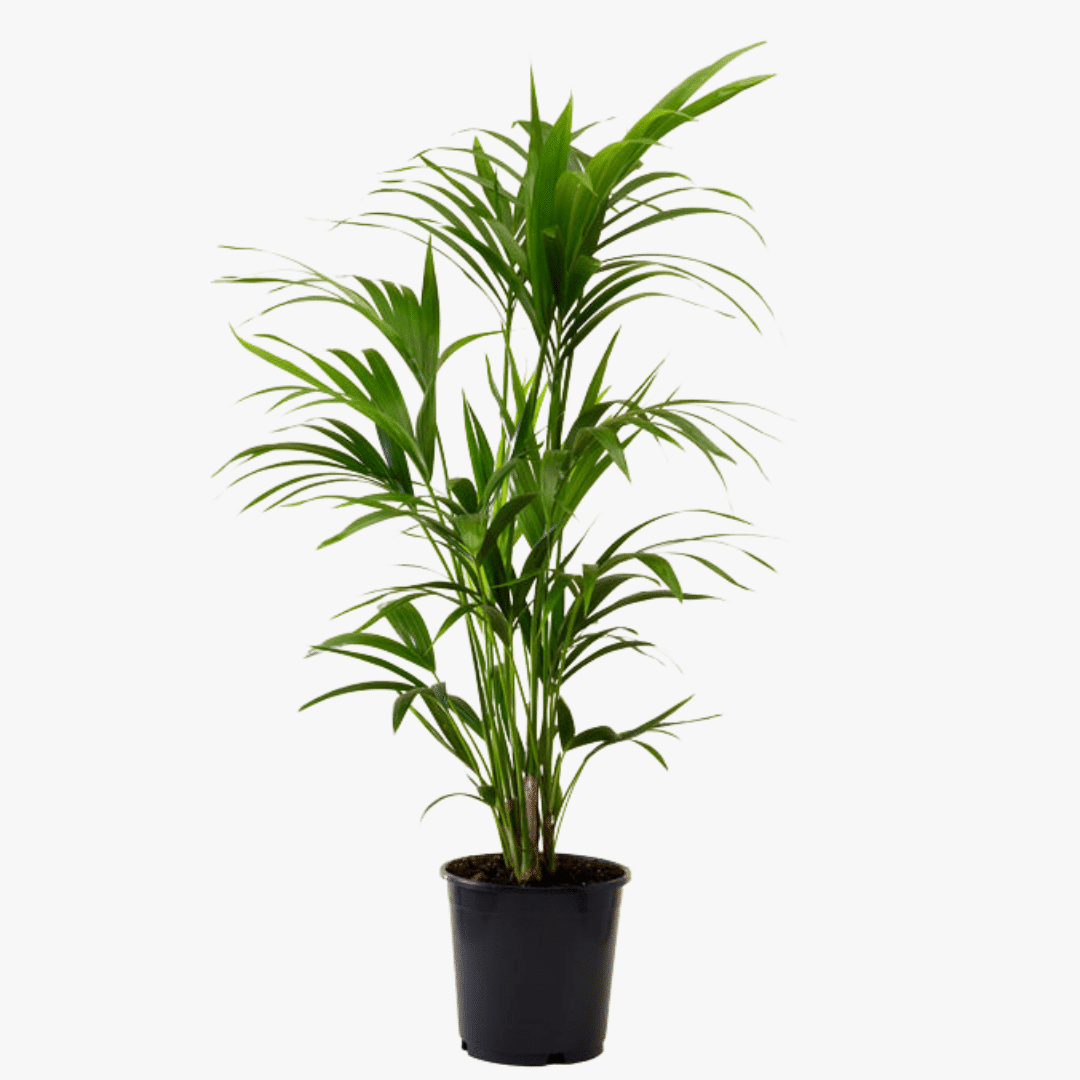


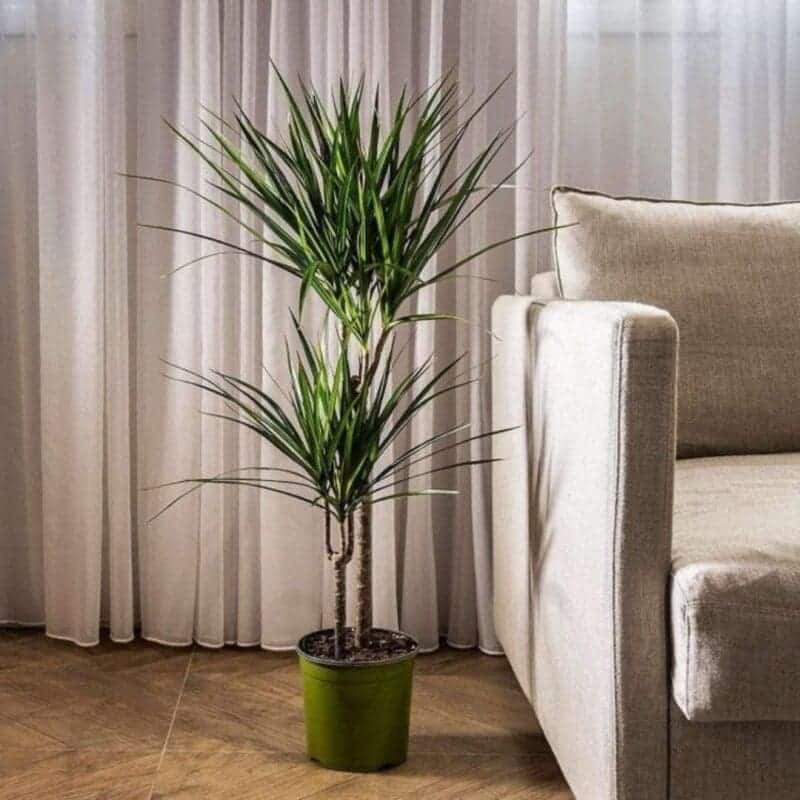



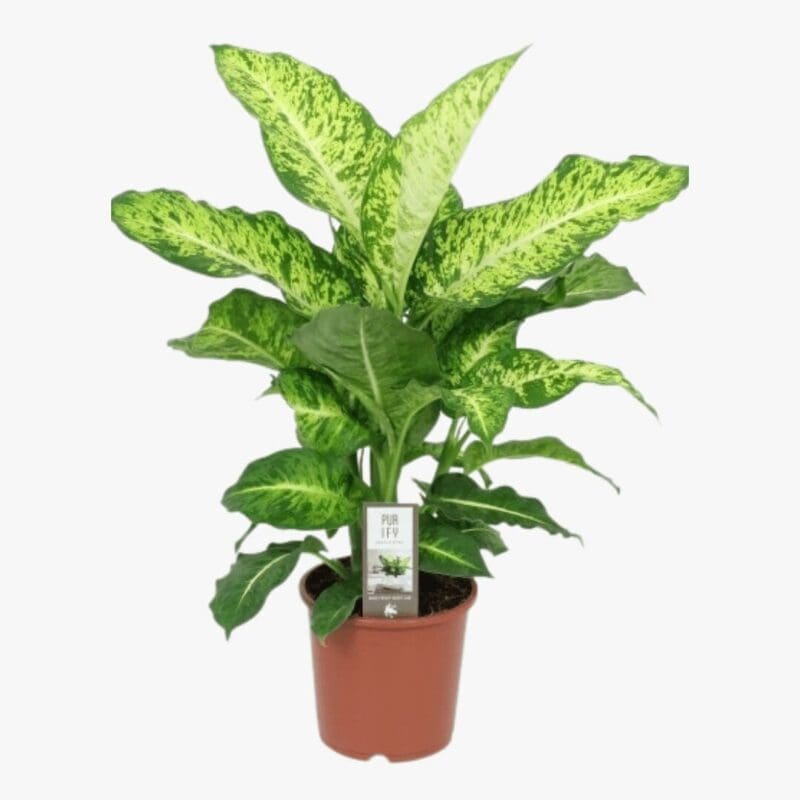
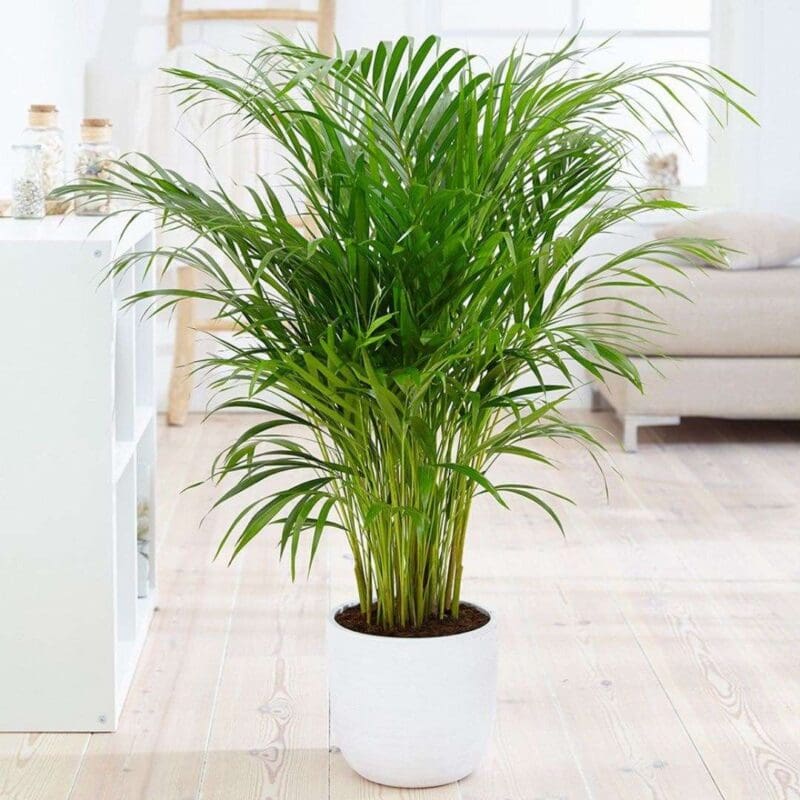
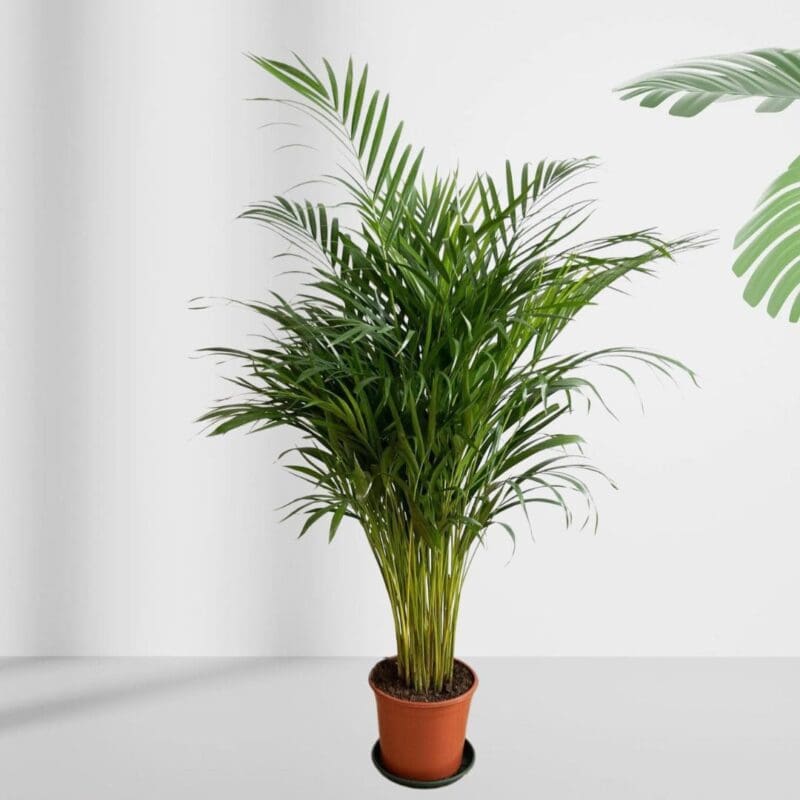
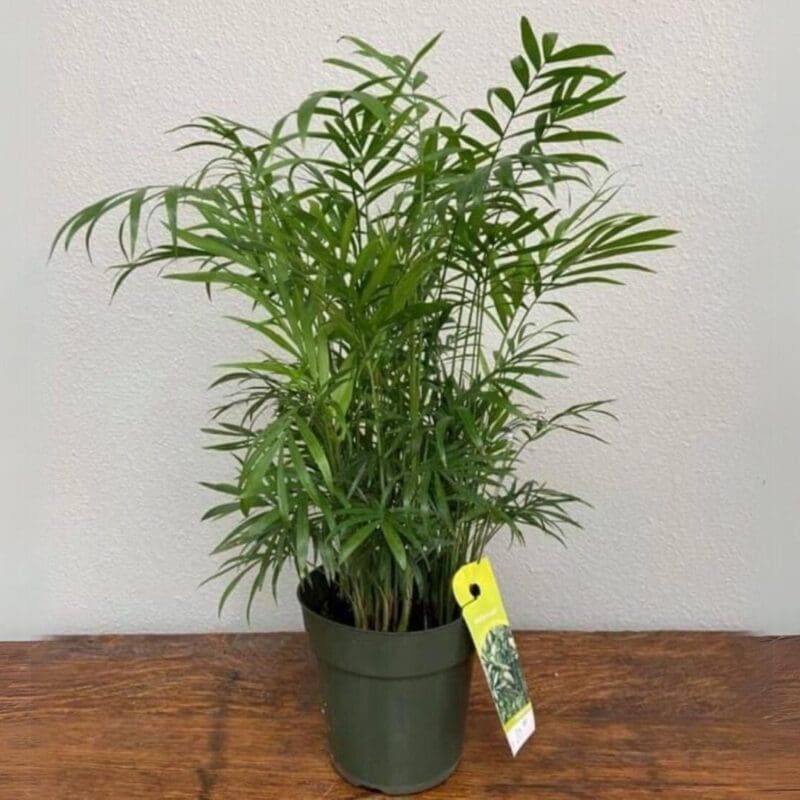

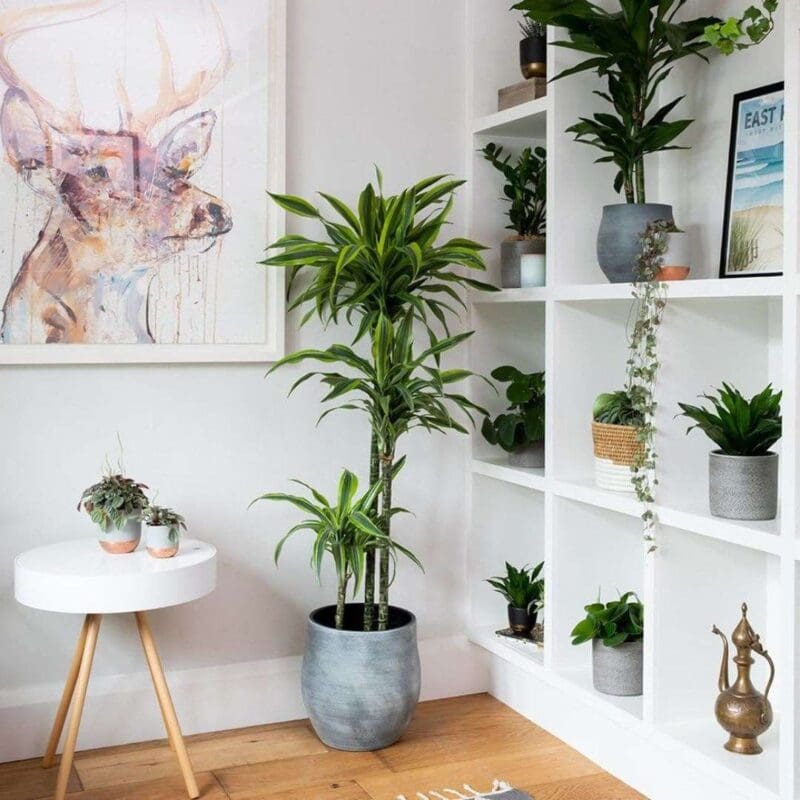
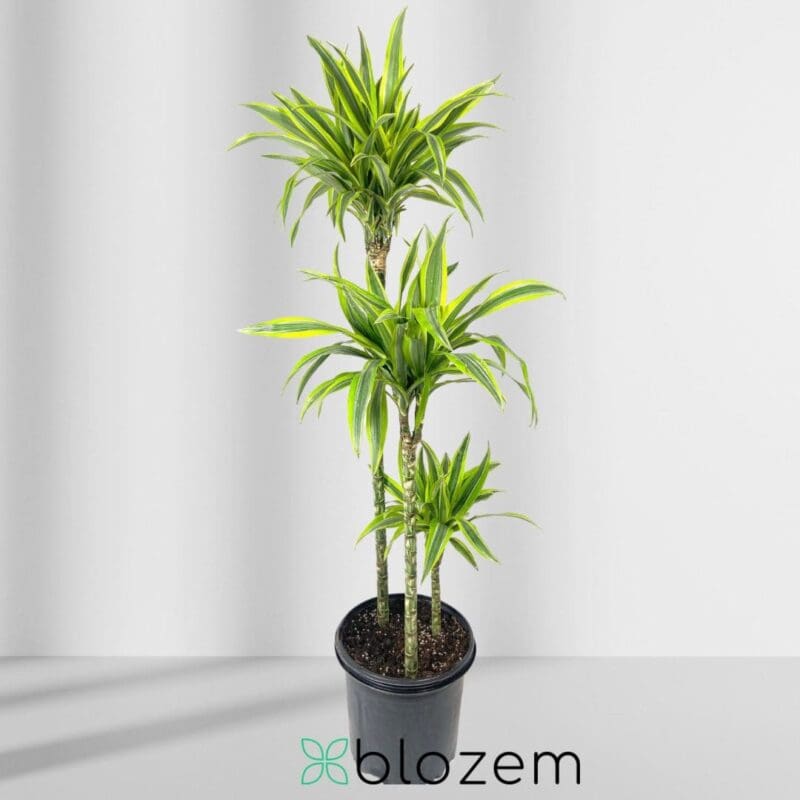




Ronin Sanchez –
My mother loves it very much. It was a gift I bought for my mother’s birthday🥰